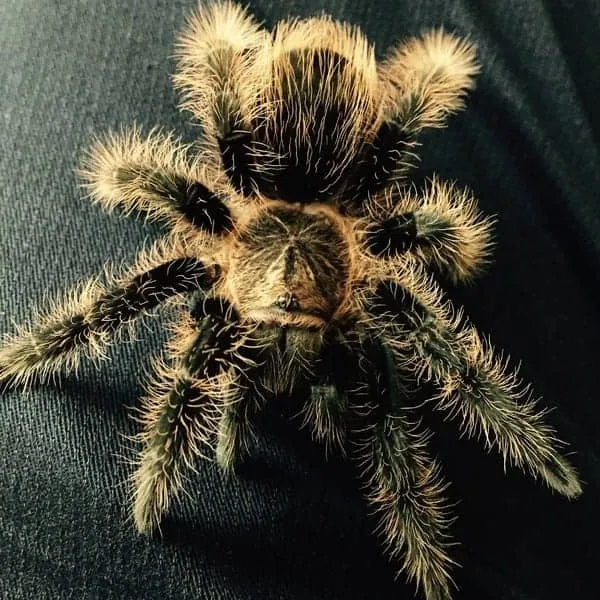Common Causes Why Curly Hair Tarantulas Stop Eating
As a curly hair tarantula owner, witnessing your beloved pet refuse food can be a cause for concern. There are several reasons why your tarantula might not be eating, ranging from environmental factors to underlying health issues. Identifying the root cause is the first step in ensuring your tarantula’s well-being and getting it back to its normal feeding habits. This article explores the top five reasons why a curly hair tarantula might stop eating and provides practical solutions to address these problems. (Image: curly-hair-tarantula-feeding.webp)
Environmental Factors
The environment within a curly hair tarantula’s enclosure significantly impacts its appetite and overall health. These tarantulas are sensitive creatures, and even slight environmental imbalances can lead to stress and a decreased interest in food. It is important to maintain proper temperature, humidity, and enclosure size to ensure the well-being of your curly hair tarantula. Neglecting these environmental aspects can lead to a loss of appetite and other health concerns. (Image: curly-hair-tarantula-habitat.webp)
Temperature Issues
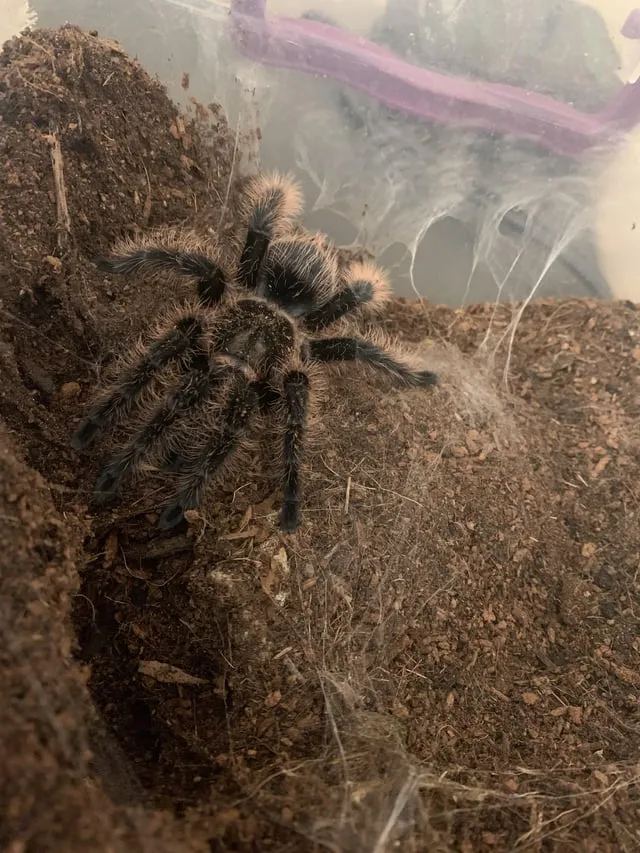
Curly hair tarantulas thrive within a specific temperature range, typically between 75-85°F (24-29°C). If the enclosure is too cold, the tarantula’s metabolism slows down, decreasing its need for food. Conversely, excessively high temperatures can stress the tarantula, leading to appetite loss and potential health problems. Regularly monitor the temperature using a reliable thermometer placed inside the enclosure and adjust heat sources as needed. Avoid placing the enclosure in direct sunlight or near drafts, as this can cause temperature fluctuations.
Humidity Problems
Humidity is another critical environmental factor. Curly hair tarantulas prefer humidity levels between 65-75%. Insufficient humidity can lead to dehydration, which can complicate the molting process and negatively affect the tarantula’s appetite. Excessively high humidity can promote mold and bacterial growth, which is also detrimental to health. Regularly mist the enclosure with dechlorinated water or provide a water dish that is regularly refreshed to maintain the right humidity levels. Use a hygrometer to accurately measure the humidity, and ensure that proper ventilation is provided to prevent excessive moisture buildup.
Improper Enclosure Size
While curly hair tarantulas don’t require vast enclosures, the size still matters. An enclosure that is too large can make a tarantula feel insecure, potentially causing stress and a decreased appetite. Conversely, a too-small enclosure can restrict movement and also contribute to stress. Ensure the enclosure is appropriately sized for the tarantula’s leg span, allowing for enough space for movement, burrowing (if the substrate allows), and the placement of a water dish and hide. A good rule of thumb is the enclosure should be at least three times the tarantula’s leg span in width and length.
Molting Cycle
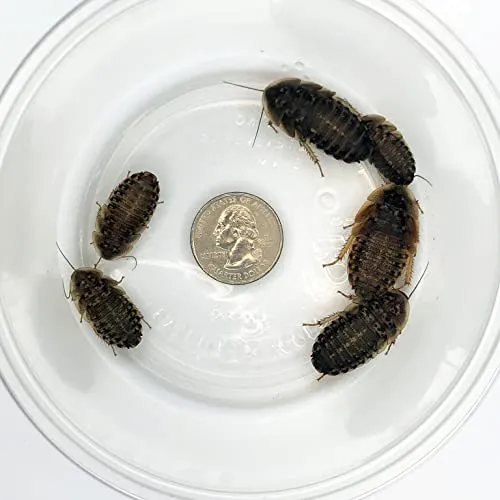
Molting is a natural and vital process where tarantulas shed their exoskeletons to grow. During this period, they typically stop eating. Recognizing the signs of an upcoming molt can help you understand why your tarantula is not eating and avoid unnecessary concern. Understanding the molting cycle is crucial for providing appropriate care during this vulnerable phase. (Image: curly-hair-tarantula-molting.webp)
Signs of an Upcoming Molt
Several signs indicate your tarantula is preparing to molt. These include a darkening or dulling of the exoskeleton, a loss of appetite, lethargy, and the tarantula may start to seal itself off in its burrow or chosen hiding spot. The abdomen may also appear swollen. The tarantula may also create a “web mat” in preparation for molting. This behavior is normal, and you should avoid disturbing the tarantula during this vulnerable period.
How to Support Your Tarantula During Molting
During molting, keep the enclosure’s humidity consistent and avoid handling or disturbing your tarantula. Ensure there’s a shallow water dish available in case your tarantula needs a drink. Avoid feeding the tarantula during this time. Once the molt is complete, wait a few days before offering food, allowing the tarantula’s new exoskeleton to harden. If the molt appears unsuccessful, consult an experienced tarantula keeper or a veterinarian specializing in exotic animals.
Prey-Related Issues
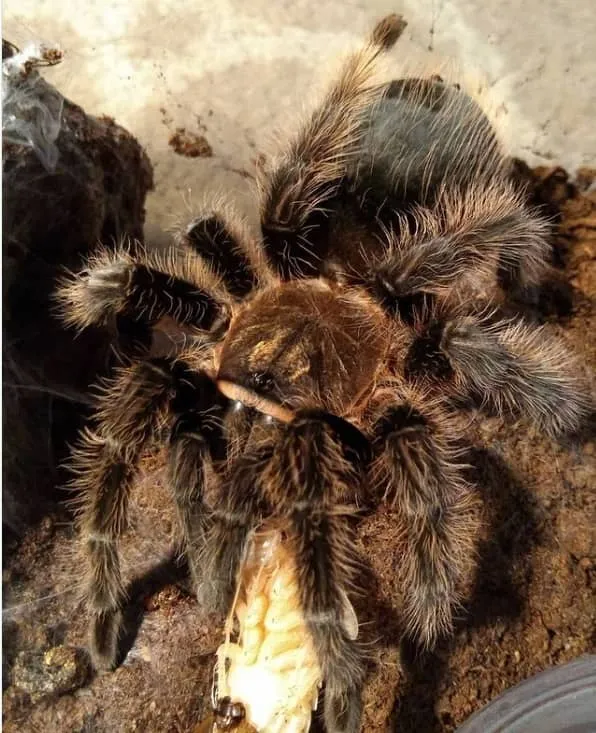
The type, size, and availability of prey significantly impact your tarantula’s willingness to eat. Providing the wrong food or improperly sized prey can lead to a loss of appetite or even injury to your tarantula. Careful consideration of your tarantula’s dietary needs can ensure optimal health and feeding habits. (Image: curly-hair-tarantula-prey.webp)
Prey Size Problems
Offering prey that is too large can intimidate your tarantula, making it hesitant to eat. As a general rule, the prey should be no larger than the tarantula’s abdomen. If the prey is too big, your tarantula might feel threatened or unable to handle it, leading to a refusal to eat. Conversely, prey that is too small might not provide enough nutrition. Adjust the size of the prey as your tarantula grows, and always observe its feeding behavior to gauge its comfort level.
Prey Type
While curly hair tarantulas primarily eat insects, they can develop preferences. Variety in their diet is essential to ensure they receive all necessary nutrients. Crickets, mealworms, and dubia roaches are common and suitable food items. Ensure that the prey is gut-loaded (fed nutritious food) before offering it to your tarantula, as this will pass on essential vitamins and minerals. Avoid feeding wild-caught insects, as they may carry parasites or pesticides. Consider varying the diet, as repeated offering of the same prey can bore the tarantula.
Health Concerns
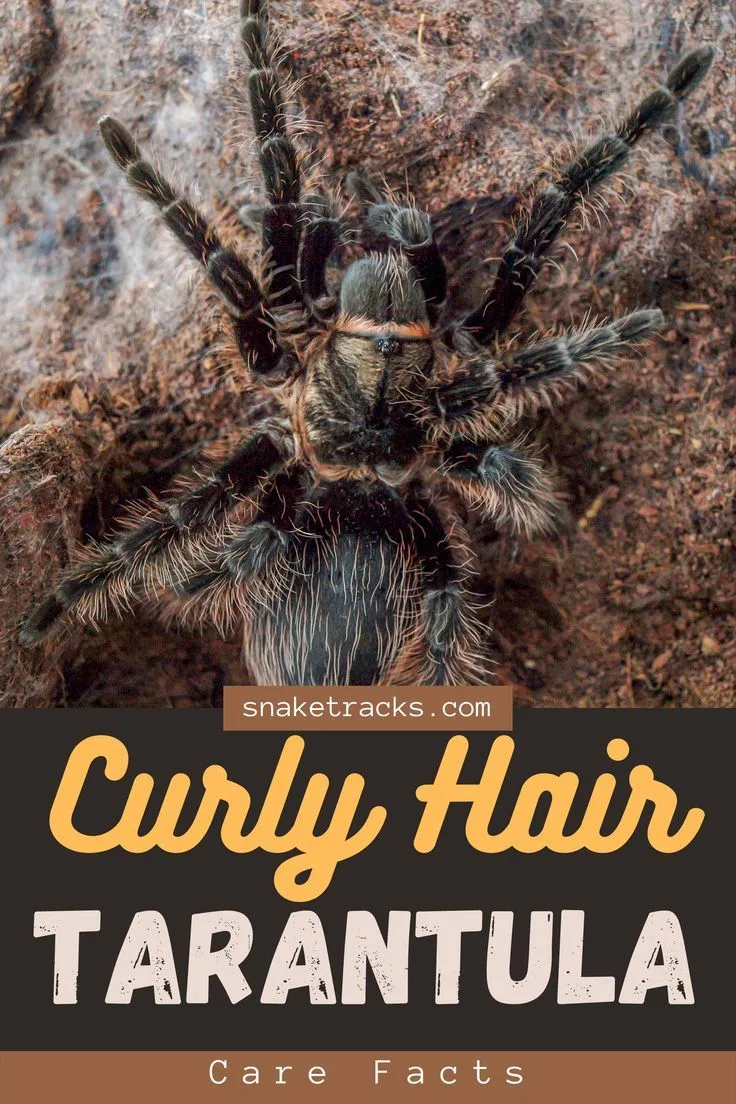
Sometimes, a lack of appetite can indicate an underlying health issue. It’s essential to recognize potential health problems to ensure your tarantula receives prompt and appropriate care. Regular observation of your tarantula’s behavior and physical condition can help you detect early signs of illness. (Image: curly-hair-tarantula-vet.webp)
Parasites and Diseases
Tarantulas can be susceptible to parasites and diseases. Signs of illness include lethargy, discoloration, unusual behaviors, and, of course, a loss of appetite. Parasites can irritate the tarantula, making it uncomfortable and unwilling to eat. If you suspect your tarantula is ill, quarantine it and consult with a veterinarian experienced in exotic animals as soon as possible. Proper hygiene in the enclosure is crucial to prevent the spread of diseases. Regularly remove uneaten food and clean the enclosure.
Dehydration
Dehydration can also cause a tarantula to stop eating. Signs of dehydration include a shrunken abdomen, loss of turgor (the skin may appear wrinkled), and lethargy. Ensure your tarantula has access to fresh water at all times. If you suspect dehydration, mist the enclosure more frequently and consider offering a shallow water dish if one is not already provided. Severe dehydration requires veterinary attention. (Image: curly-hair-tarantula-dehydration.webp)
Stress and Handling
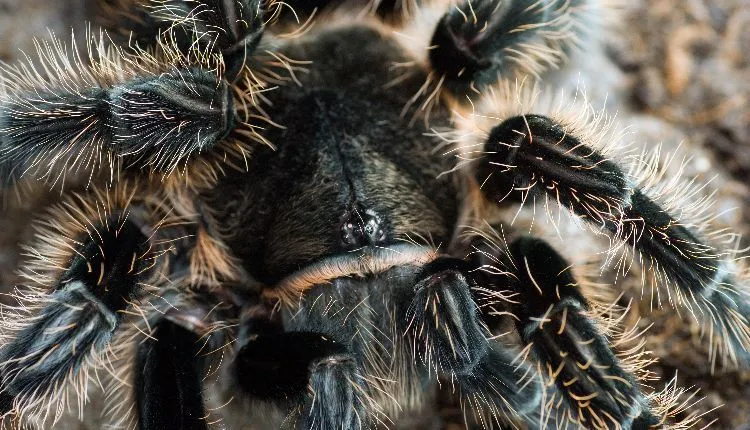
Stress is a common cause of appetite loss in tarantulas. Tarantulas are sensitive creatures and can become stressed by various factors, including excessive handling and environmental disturbances. Minimizing stress is critical to maintaining a healthy and well-adjusted tarantula. (Image: curly-hair-tarantula-handling.webp)
Overhandling
Tarantulas generally do not enjoy being handled. Excessive handling can stress your tarantula, leading to a loss of appetite. Try to handle your tarantula only when necessary, such as for health checks or enclosure maintenance. Allow the tarantula to acclimate to its surroundings and avoid handling it during or after a molt. If you must handle your tarantula, do so gently and slowly, supporting its body to prevent falls.
Stress from Noise and Vibration
Tarantulas are sensitive to vibrations and loud noises. Placing the enclosure in a high-traffic area or near a source of vibration, such as a stereo or washing machine, can stress your tarantula and cause it to stop eating. Provide a quiet and stable environment for your tarantula. Place the enclosure in a room where it won’t be disturbed, away from direct sunlight, loud noises, and vibrations.
Solutions and Prevention
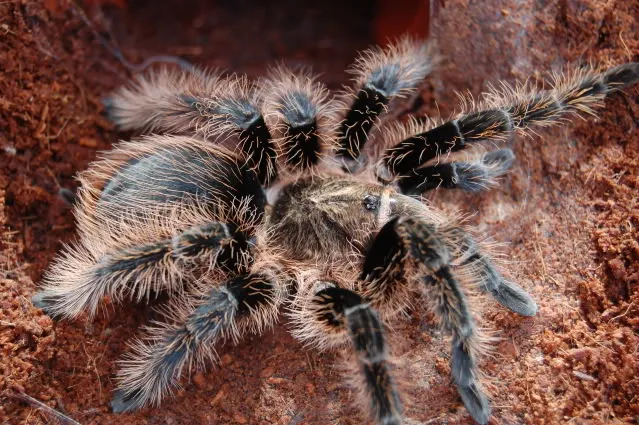
Preventing a tarantula from not eating involves a proactive approach. Implementing these preventive measures can help maintain your tarantula’s appetite and well-being.
Maintaining Optimal Environmental Conditions
Regularly monitor the temperature and humidity levels inside your tarantula’s enclosure using a thermometer and hygrometer. Make adjustments as needed to keep the environment within the recommended parameters. Ensure proper ventilation to prevent mold growth and excessive moisture. Consistent environmental conditions are key to a healthy and happy tarantula.
Proper Enclosure Setup
Set up the enclosure with the correct substrate, a water dish, and a hide for your tarantula to feel secure. Provide ample space for movement and burrowing. Ensure the enclosure is appropriately sized for your tarantula’s size. A well-designed enclosure will help your tarantula feel secure and less stressed.
Feeding Strategies
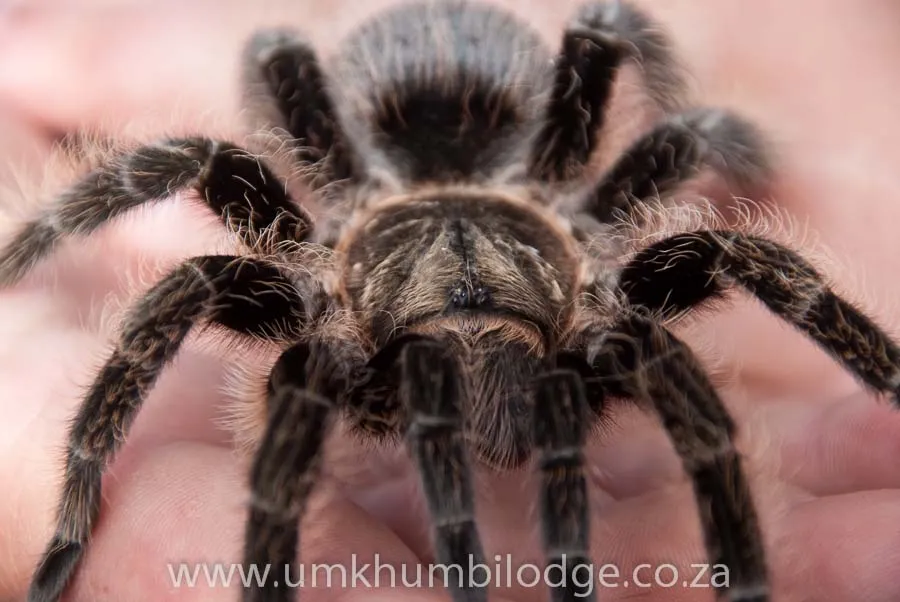
Offer appropriately sized, gut-loaded prey a few times per week. Vary the diet to provide a range of nutrients and prevent boredom. Remove uneaten food within 24 hours to maintain a clean enclosure and prevent mold growth. Observe your tarantula’s feeding habits and adjust your approach accordingly.
When to Seek Veterinary Advice
If you’ve tried these steps and your curly hair tarantula still isn’t eating, or if it displays other concerning symptoms, such as lethargy, unusual behavior, or physical abnormalities, it’s time to seek professional help. A veterinarian specializing in exotic animals can diagnose any underlying health issues and recommend appropriate treatment. Don’t hesitate to consult a veterinarian if you are concerned about your tarantula’s health. Prompt intervention can often make a significant difference in your tarantula’s outcome.
In conclusion, a curly hair tarantula not eating can be concerning, but understanding the potential causes and implementing preventative measures can help you ensure your pet’s health and happiness. By maintaining the correct environmental conditions, providing a balanced diet, minimizing stress, and knowing when to seek professional help, you can keep your tarantula thriving for many years to come.
